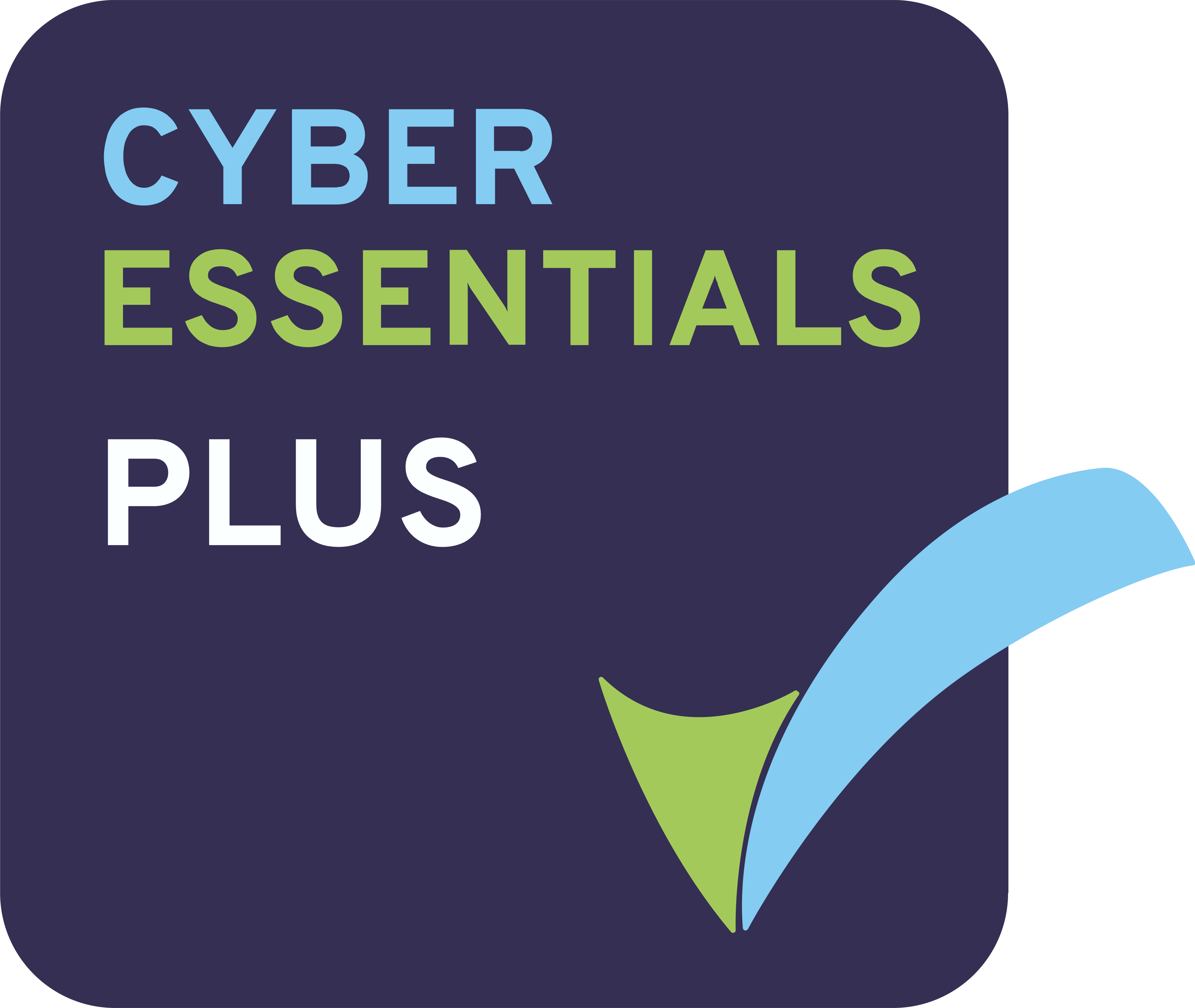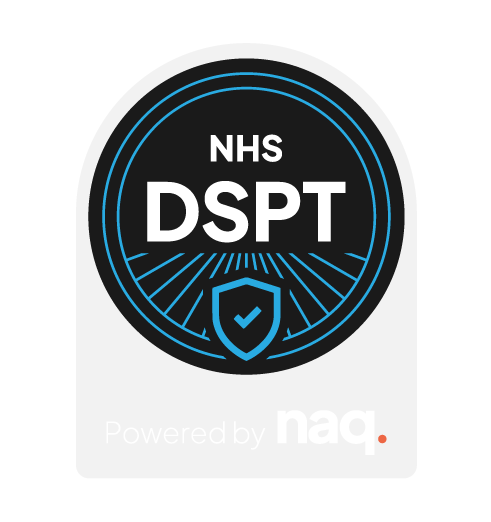DESCRIPTION
Delve into the realm of children's care homes and uncover the game-changing advantages of automated reporting systems. Learn how these innovative solutions enhance efficiency, ensure compliance, and foster accountability. Discover the transformative power of data-driven decision-making and seamless communication facilitated by children's care home software. Elevate your facility's operations and prioritize the well-being of the children under your care with automated reporting.
When
May 2024
Who
Paula Martinez

In the dynamic landscape of children's care homes, ensuring efficient operations and maintaining the highest standards of care are paramount. As the demands on these facilities continue to grow, the adoption of automation, particularly in reporting processes, has emerged as a transformative solution. In this article, we delve into the manifold advantages of automated reporting systems in children's care homes.
8 Reporting Benefits:
1.Enhanced Efficiency: Automated reporting systems streamline the tedious task of compiling and organizing data. By automating routine reporting tasks, caregivers and administrators can devote more time to direct interaction with children and focus on delivering quality care.
2. Real-Time Insights: With automated reporting, carers gain access to real-time data and insights, enabling timely decision-making and intervention. This instantaneous access to critical information enhances the responsiveness of care homes, ensuring that issues are addressed promptly and effectively.
3. Improved Compliance: Automated reporting systems facilitate compliance with regulatory requirements and standards. By automating the generation of reports and documentation, care homes can ensure accuracy and consistency, reducing the risk of errors and non-compliance.
4. Enhanced Accountability: Automation fosters transparency and accountability within children's care homes. By maintaining comprehensive records of activities and outcomes, automated reporting systems provide a clear audit trail, enabling stakeholders to track performance and accountability.
5. Resource Optimization: Automated reporting minimizes the need for manual data entry and administrative tasks, allowing care home staff to focus their energies on direct care activities. This optimization of resources enhances productivity and efficiency, ultimately benefiting both caregivers and children.
6. Data-Driven Decision Making: By harnessing the power of data analytics, automated reporting systems enable evidence-based decision-making. Care home administrators can leverage insights derived from automated reports to identify trends, assess performance, and implement targeted interventions for continuous improvement.
7. Improved Communication: Automated reporting fosters seamless communication among stakeholders, including caregivers, administrators, families, and regulatory agencies. By facilitating the sharing of information in a timely and structured manner, these systems promote collaboration and coordination in the delivery of care.
8. Enhanced Quality of Care: Ultimately, the adoption of automated reporting systems contributes to the enhancement of the overall quality of care provided in children's care homes. By optimizing operational processes, ensuring compliance, and facilitating data-driven decision-making, these systems empower caregivers to focus on what matters most – the well-being and development of the children under their care.
In conclusion, automated reporting systems play a pivotal role in modernizing and optimizing children's care homes. By streamlining processes, enhancing accountability, and facilitating data-driven decision-making, these systems empower caregivers to deliver the highest standards of care to vulnerable children. As the landscape of child welfare continues to evolve, the adoption of automation will undoubtedly remain a cornerstone in the pursuit of excellence in care provision.
8 Reporting Benefits:
1.Enhanced Efficiency: Automated reporting systems streamline the tedious task of compiling and organizing data. By automating routine reporting tasks, caregivers and administrators can devote more time to direct interaction with children and focus on delivering quality care.
2. Real-Time Insights: With automated reporting, carers gain access to real-time data and insights, enabling timely decision-making and intervention. This instantaneous access to critical information enhances the responsiveness of care homes, ensuring that issues are addressed promptly and effectively.
3. Improved Compliance: Automated reporting systems facilitate compliance with regulatory requirements and standards. By automating the generation of reports and documentation, care homes can ensure accuracy and consistency, reducing the risk of errors and non-compliance.
4. Enhanced Accountability: Automation fosters transparency and accountability within children's care homes. By maintaining comprehensive records of activities and outcomes, automated reporting systems provide a clear audit trail, enabling stakeholders to track performance and accountability.
5. Resource Optimization: Automated reporting minimizes the need for manual data entry and administrative tasks, allowing care home staff to focus their energies on direct care activities. This optimization of resources enhances productivity and efficiency, ultimately benefiting both caregivers and children.
6. Data-Driven Decision Making: By harnessing the power of data analytics, automated reporting systems enable evidence-based decision-making. Care home administrators can leverage insights derived from automated reports to identify trends, assess performance, and implement targeted interventions for continuous improvement.
7. Improved Communication: Automated reporting fosters seamless communication among stakeholders, including caregivers, administrators, families, and regulatory agencies. By facilitating the sharing of information in a timely and structured manner, these systems promote collaboration and coordination in the delivery of care.
8. Enhanced Quality of Care: Ultimately, the adoption of automated reporting systems contributes to the enhancement of the overall quality of care provided in children's care homes. By optimizing operational processes, ensuring compliance, and facilitating data-driven decision-making, these systems empower caregivers to focus on what matters most – the well-being and development of the children under their care.
In conclusion, automated reporting systems play a pivotal role in modernizing and optimizing children's care homes. By streamlining processes, enhancing accountability, and facilitating data-driven decision-making, these systems empower caregivers to deliver the highest standards of care to vulnerable children. As the landscape of child welfare continues to evolve, the adoption of automation will undoubtedly remain a cornerstone in the pursuit of excellence in care provision.



